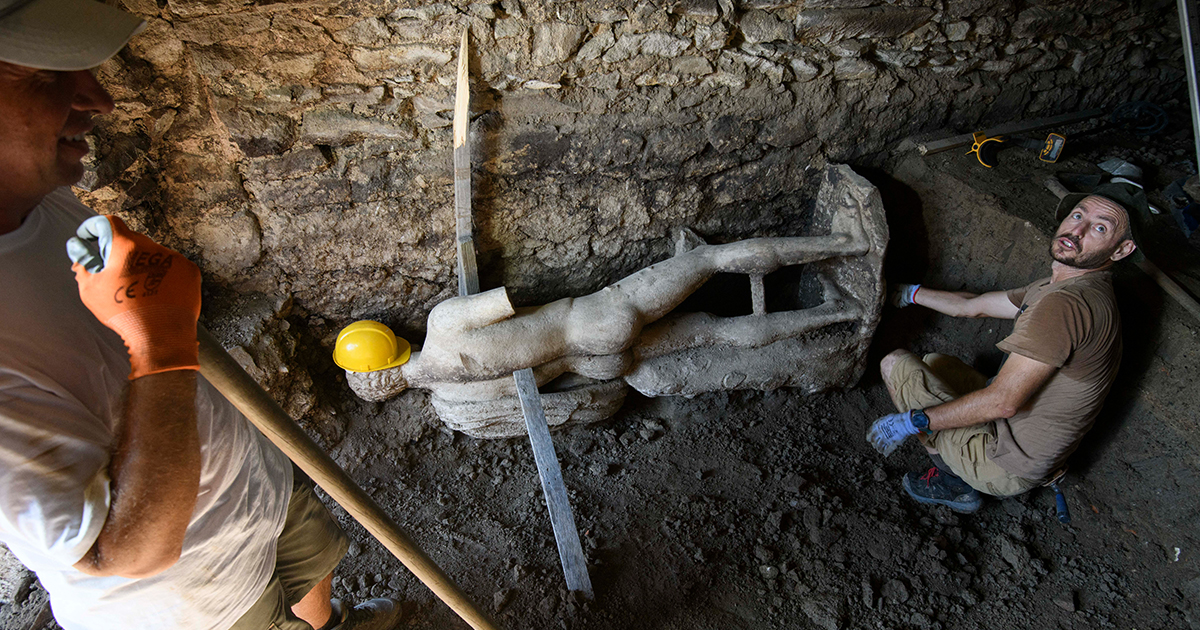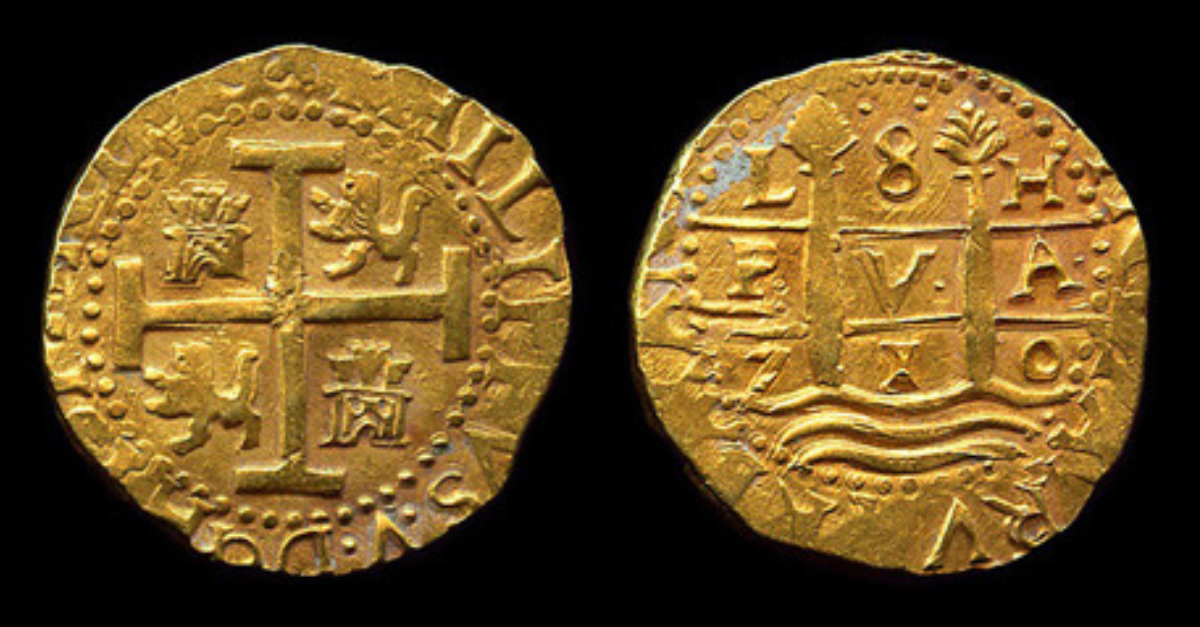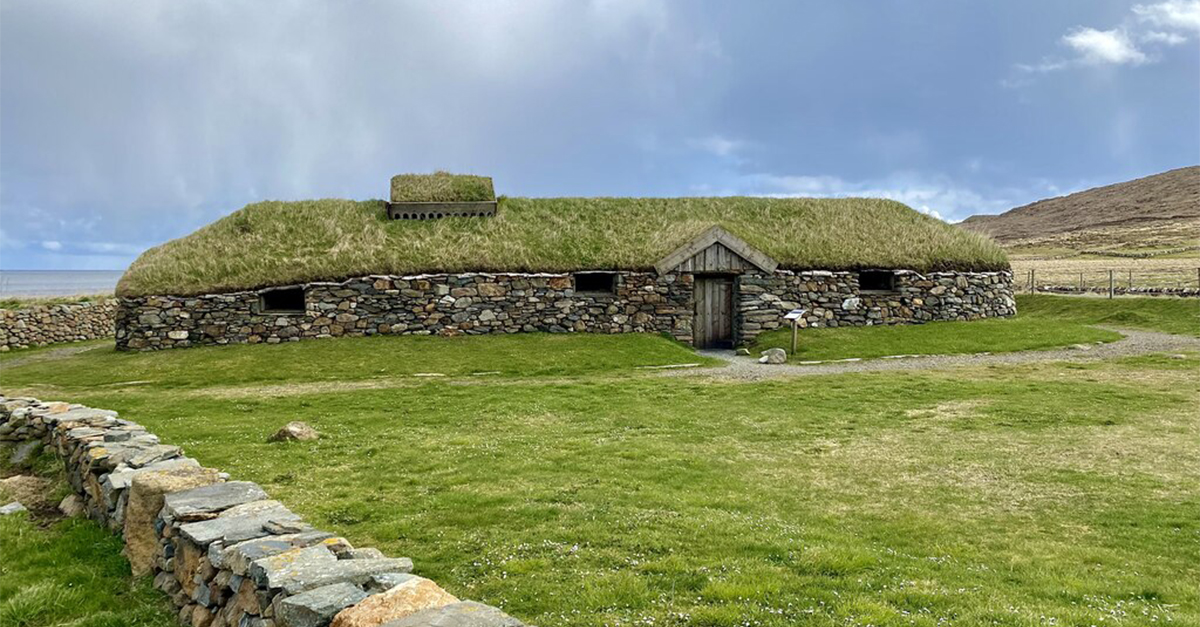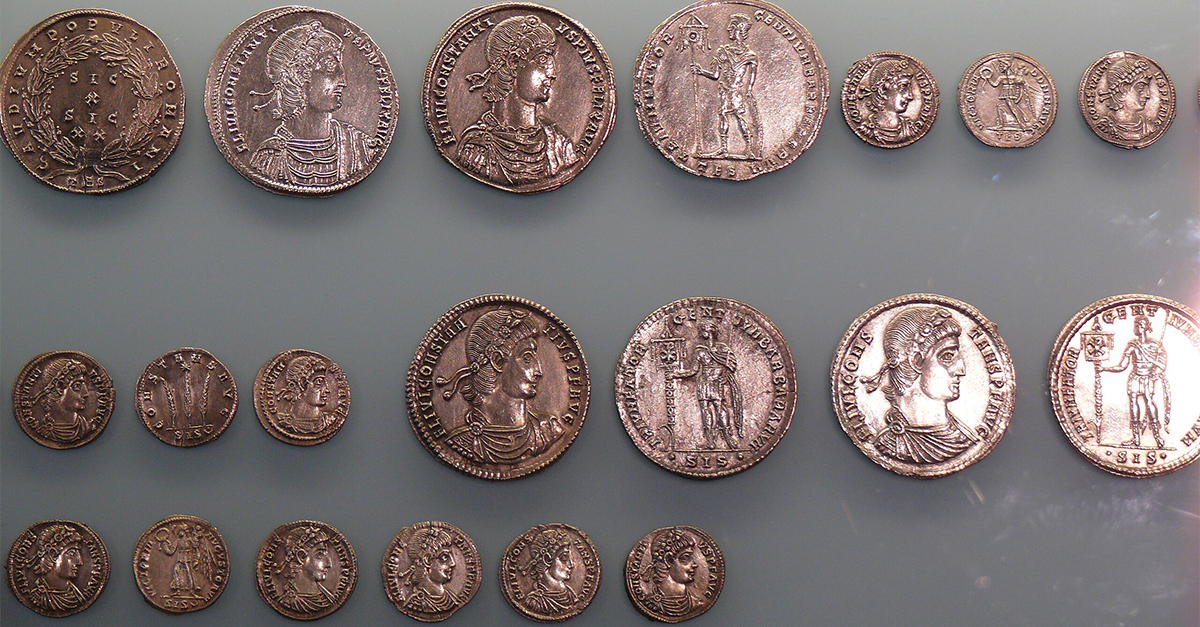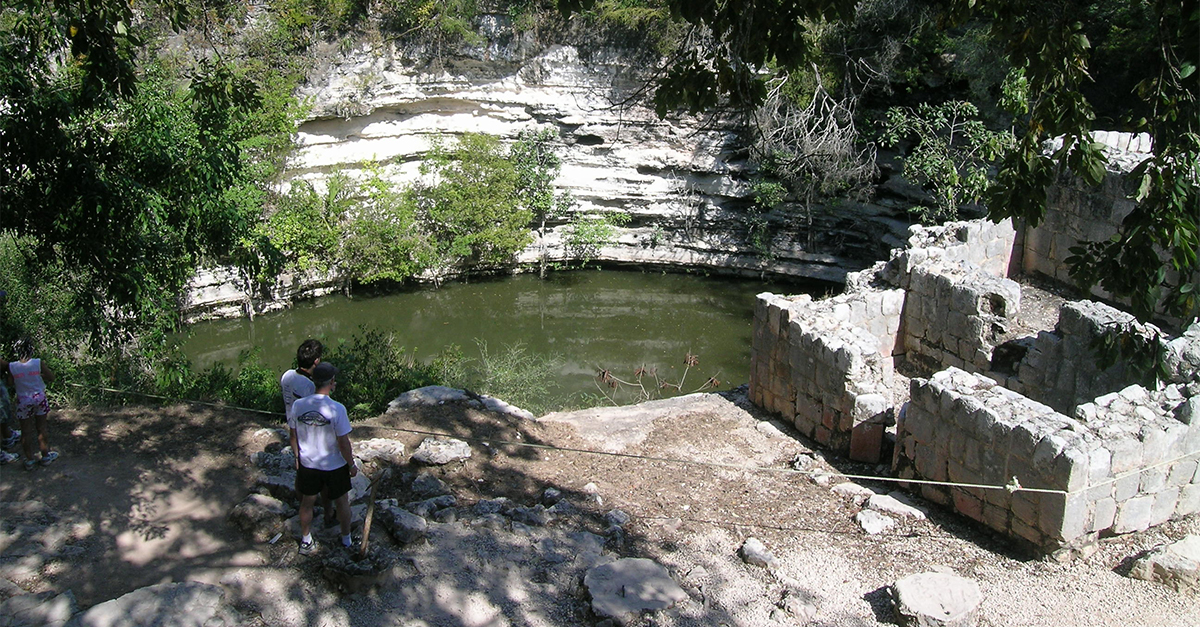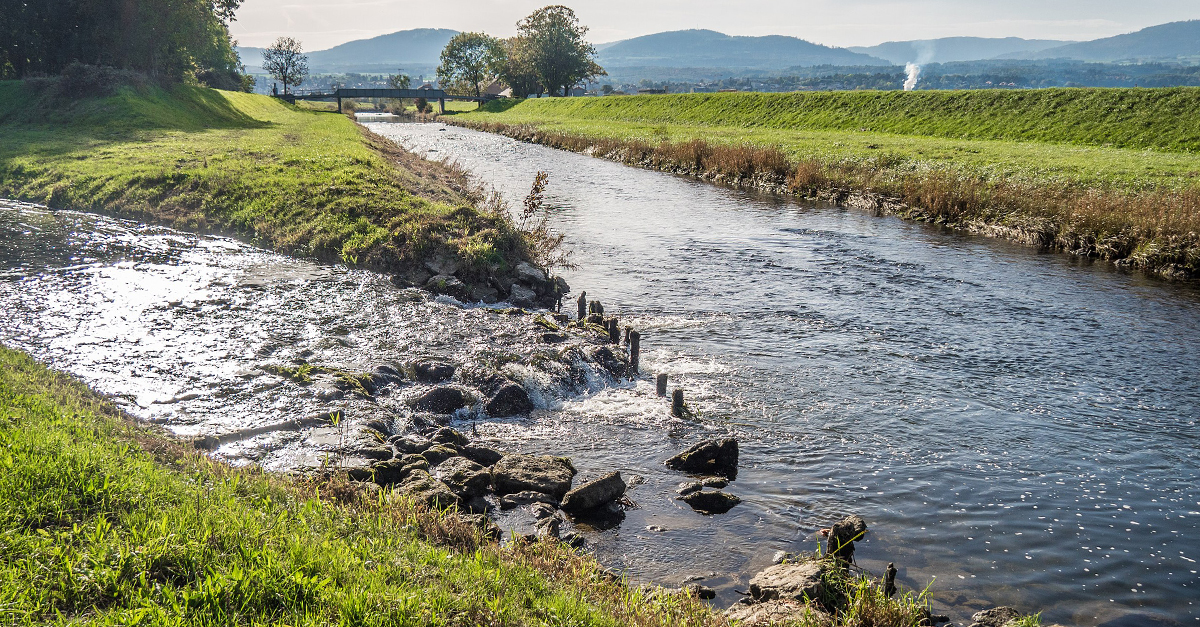For more than a century, people in Africatown insisted that the last slave ship ever to reach the United States hadn’t vanished—it was just hiding. The river knew where it was, the elders knew where it had been, and the rest of the country mostly shrugged. Then, in 2019, archaeologists finally caught up with the story that locals had been telling all along.
